Arachnids
Explore Arachnids
Latest about Arachnids
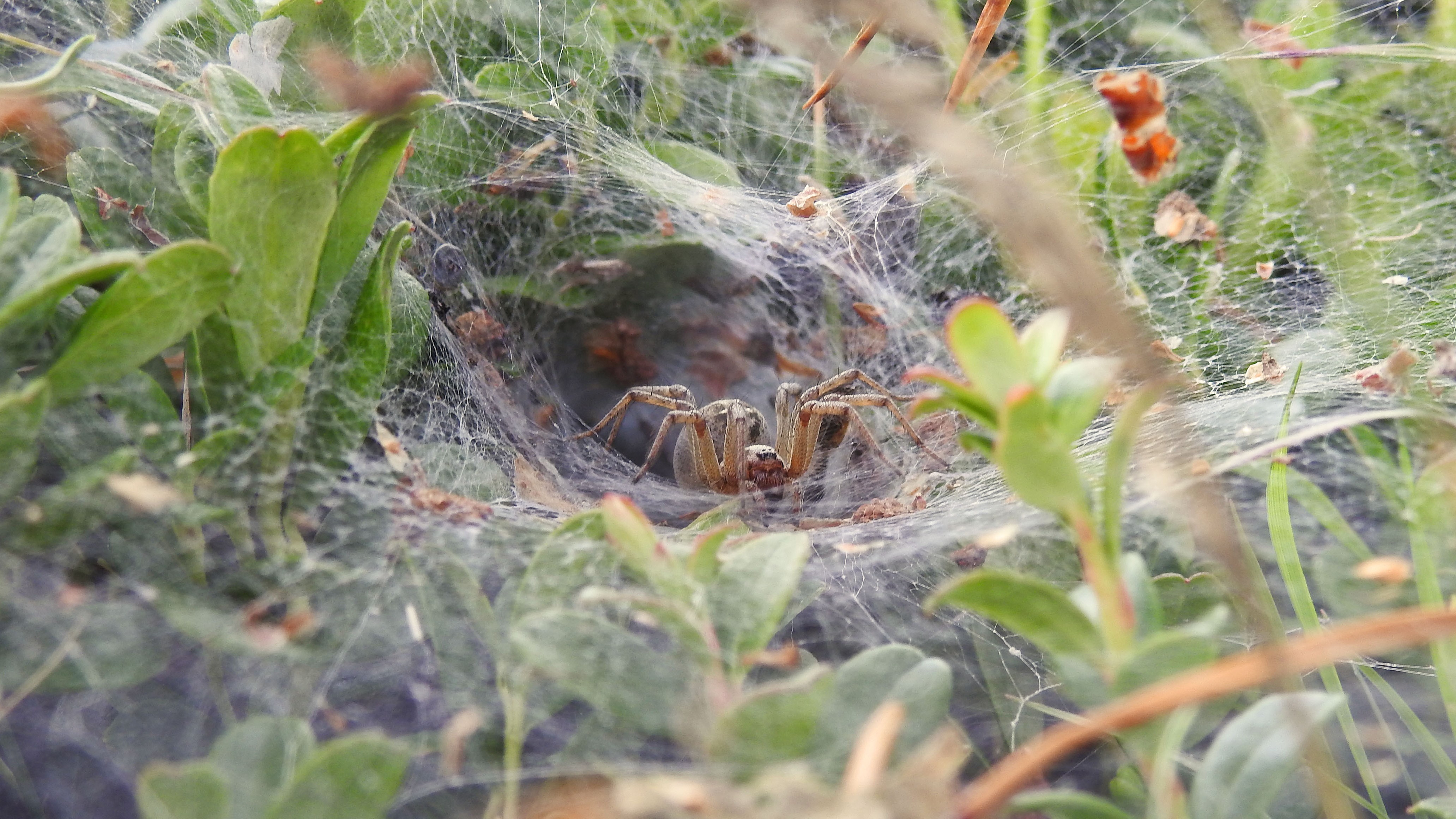
Cannibalistic spiderlings won't hunt their siblings even if they're starving
By Patrick Pester published
Social signals stop young labyrinth spiders from hunting their siblings even when they are starving. However, the cannibalistic spiderlings quickly feed on the corpses of their brothers and sisters.
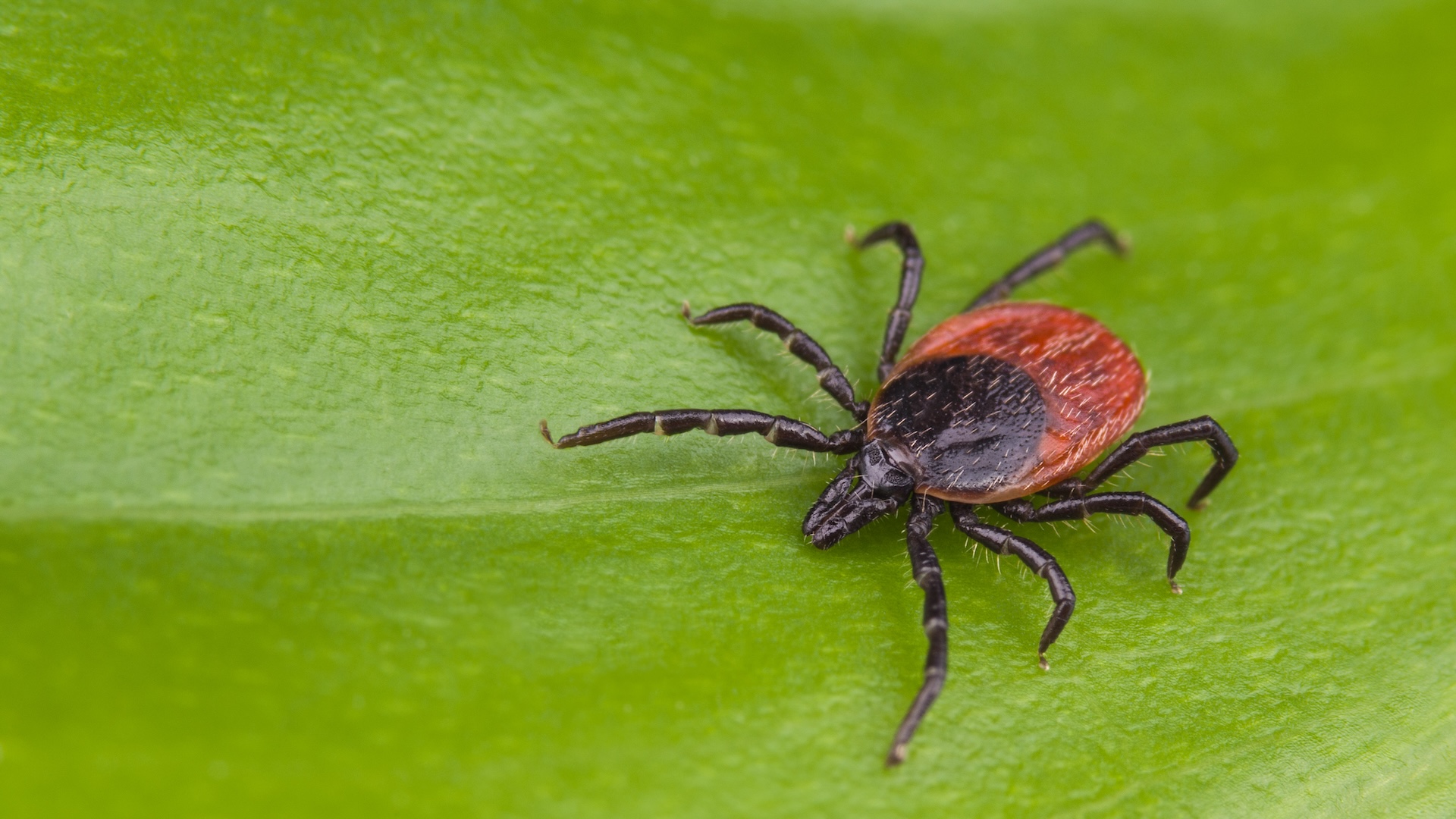
Multiple species of ticks in the US can transmit red meat allergy, CDC reports reveal
By Clarissa Brincat published
A single bite from one of several tick species can trigger a months-long meat allergy.
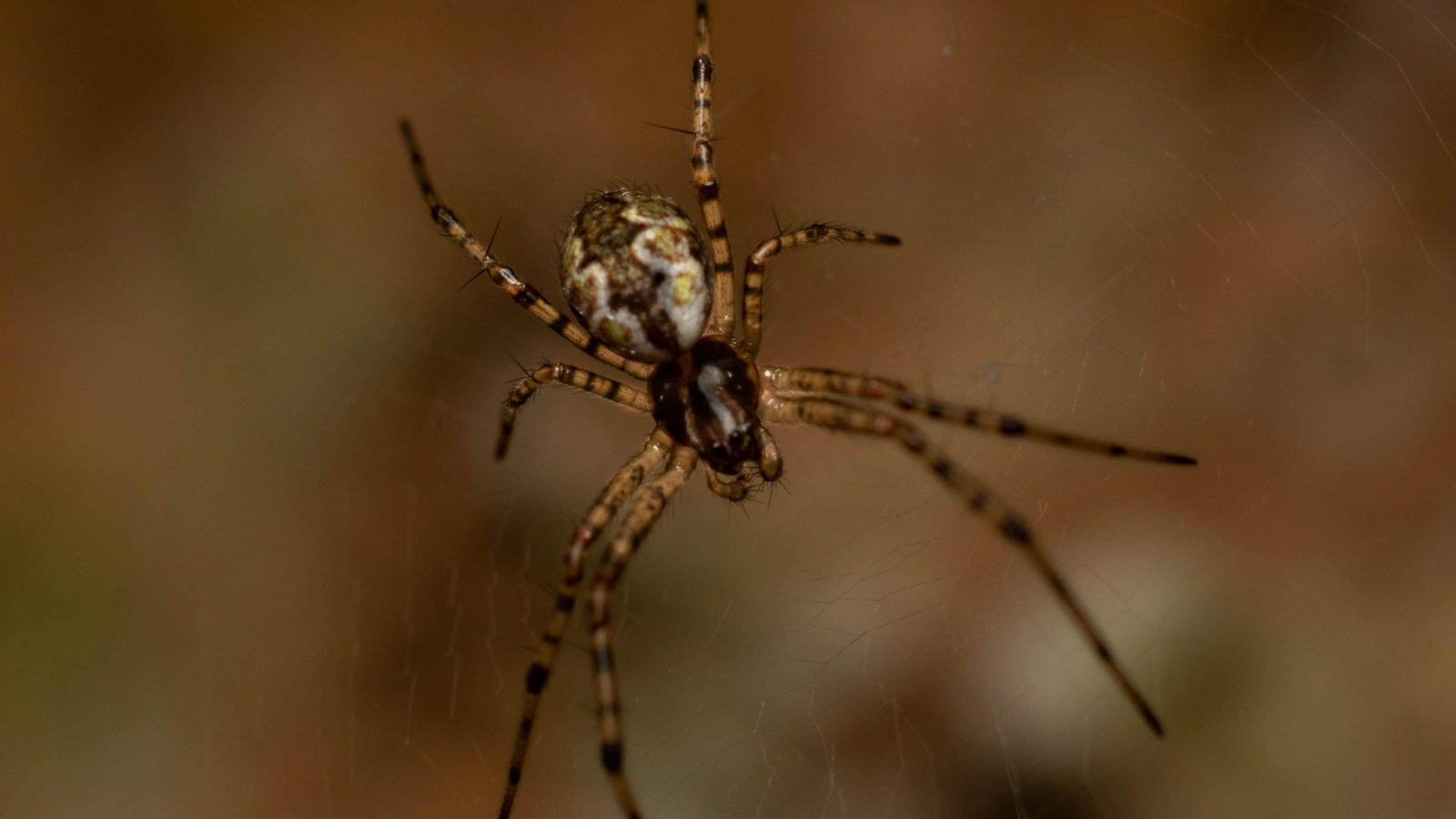
Asian hermit spider: The arachnid that gets stronger after ejecting its own penis
By Lydia Smith published
Female Asian hermit spiders gobble up their partners after mating, so males detach their penises and sometimes offer up an amputated leg to escape.
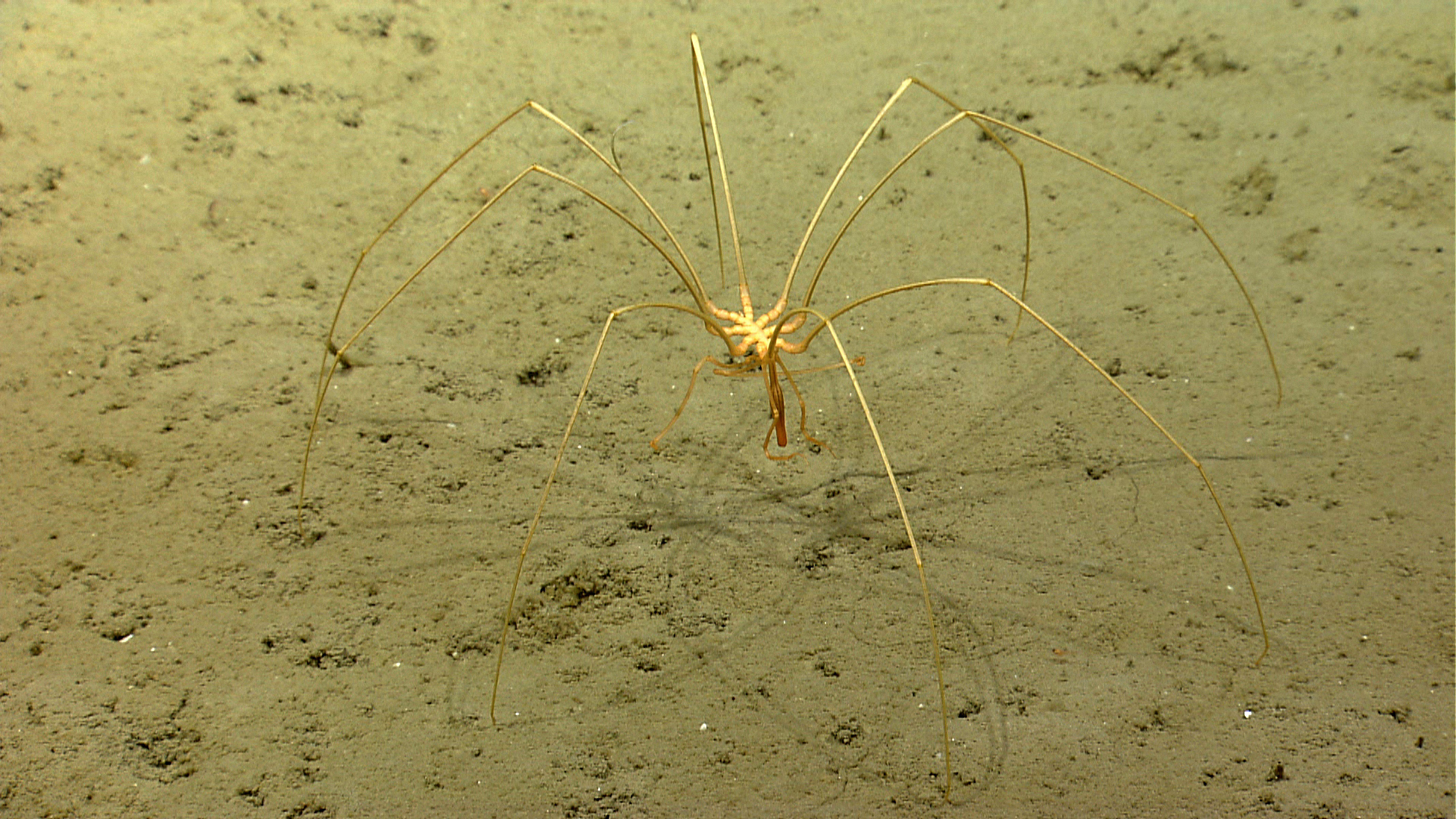
Watch enormous deep-sea spiders crawl around sub-Antarctic seafloor
By Pandora Dewan published
The giant sea spiders can have leg spans of up to 20 inches (51 centimeters).
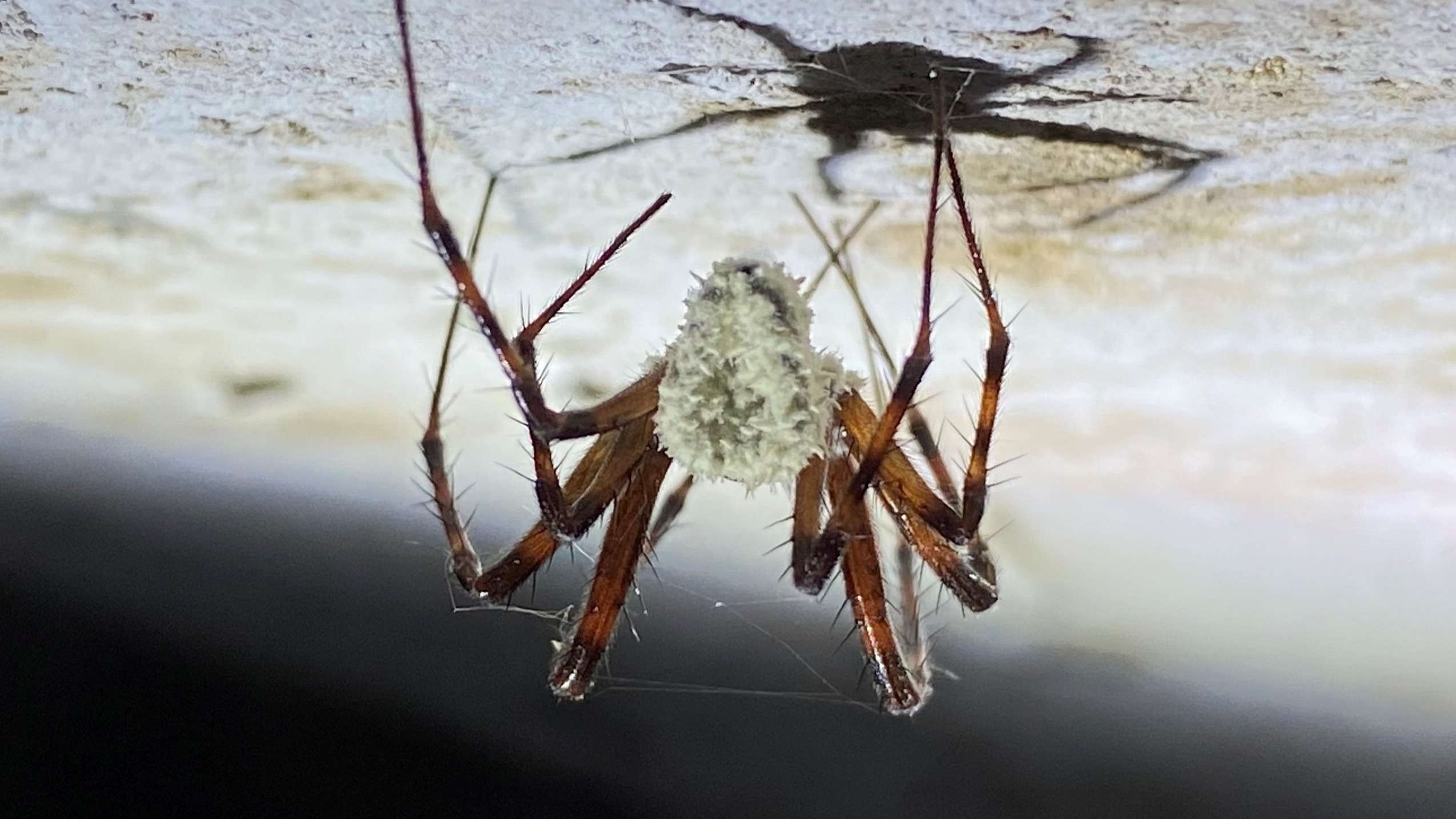
'Zombie' spiders infected by never-before-seen fungus discovered on grounds of destroyed Irish castle
By Patrick Pester published
A new fungus that infects cave spiders and turns them into "zombies" was discovered in a Victorian gunpowder store at Castle Espie in Northern Ireland during filming for a TV show.
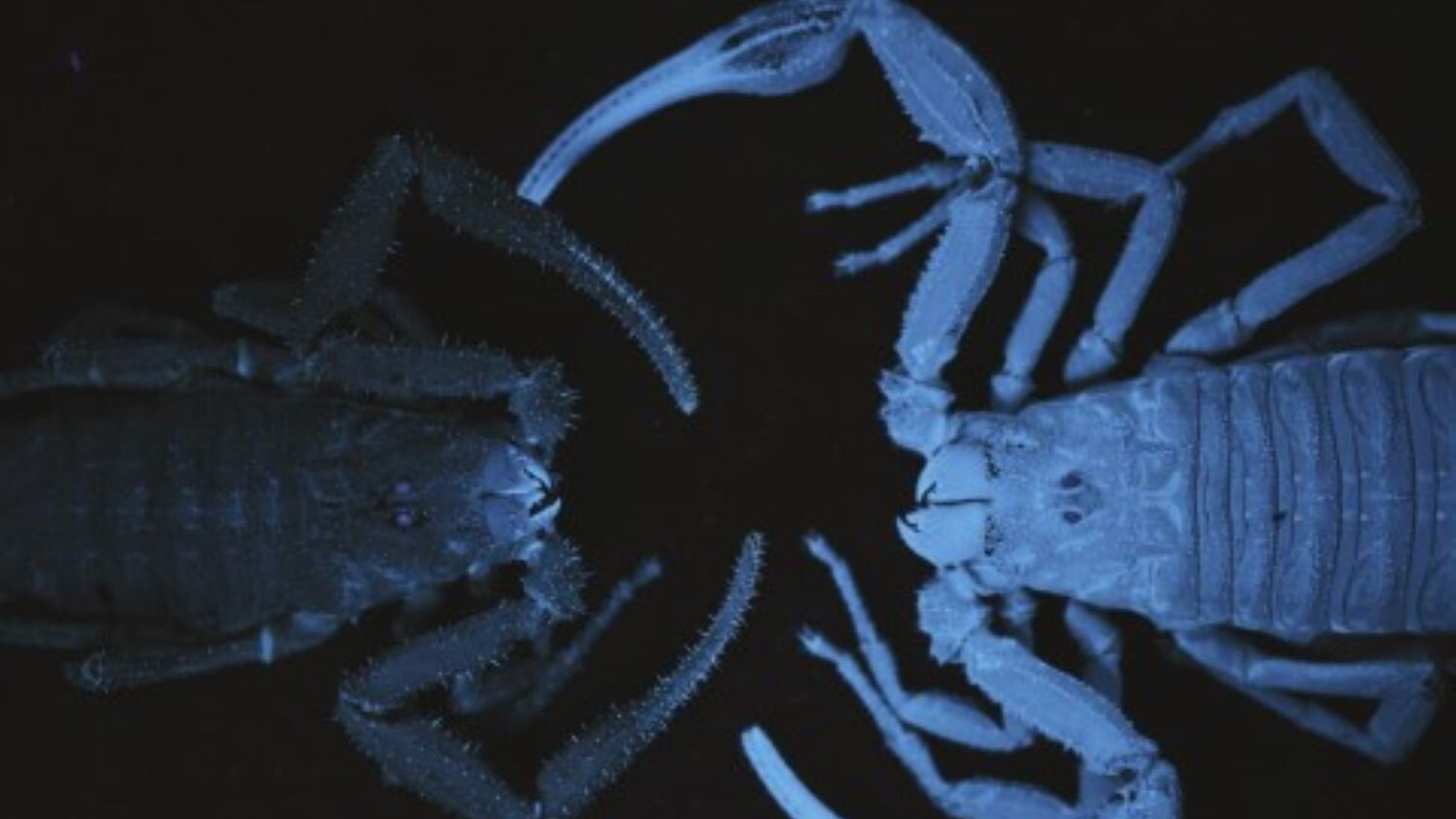
Scientists discover rare venom-spraying scorpion in Colombia
By Richard Pallardy published
Newly described scorpion can spray and inject its venom — the first South American species known to do this.
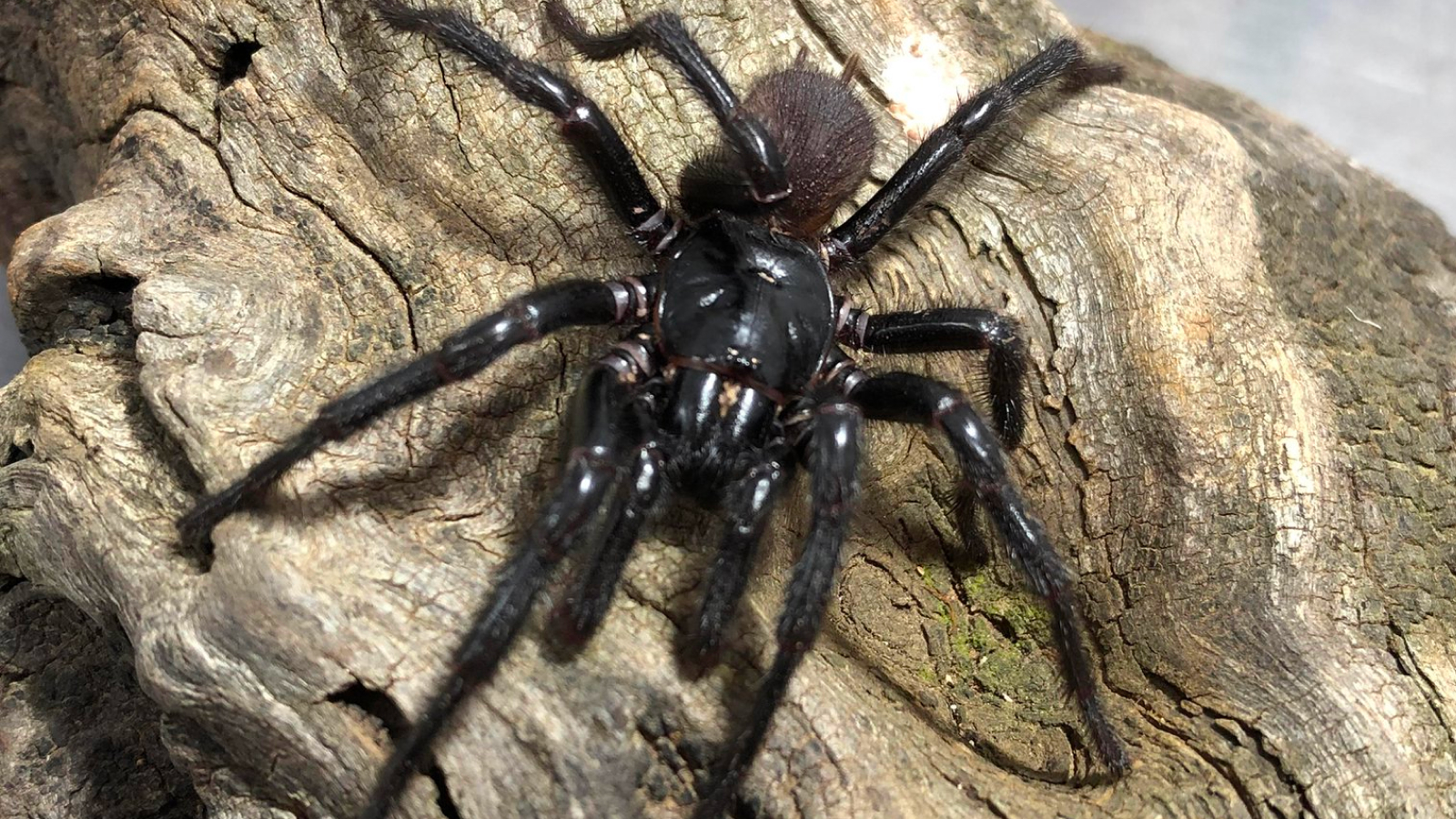
'Big boy' spider becomes Australia's largest deadly funnel-web after surprise discovery
By Olivia Ferrari published
The Sydney funnel-web spider has extremely dangerous venom, but according to a new study this spider is actually three different species — one of which, the "Newcastle big boy," is much larger.
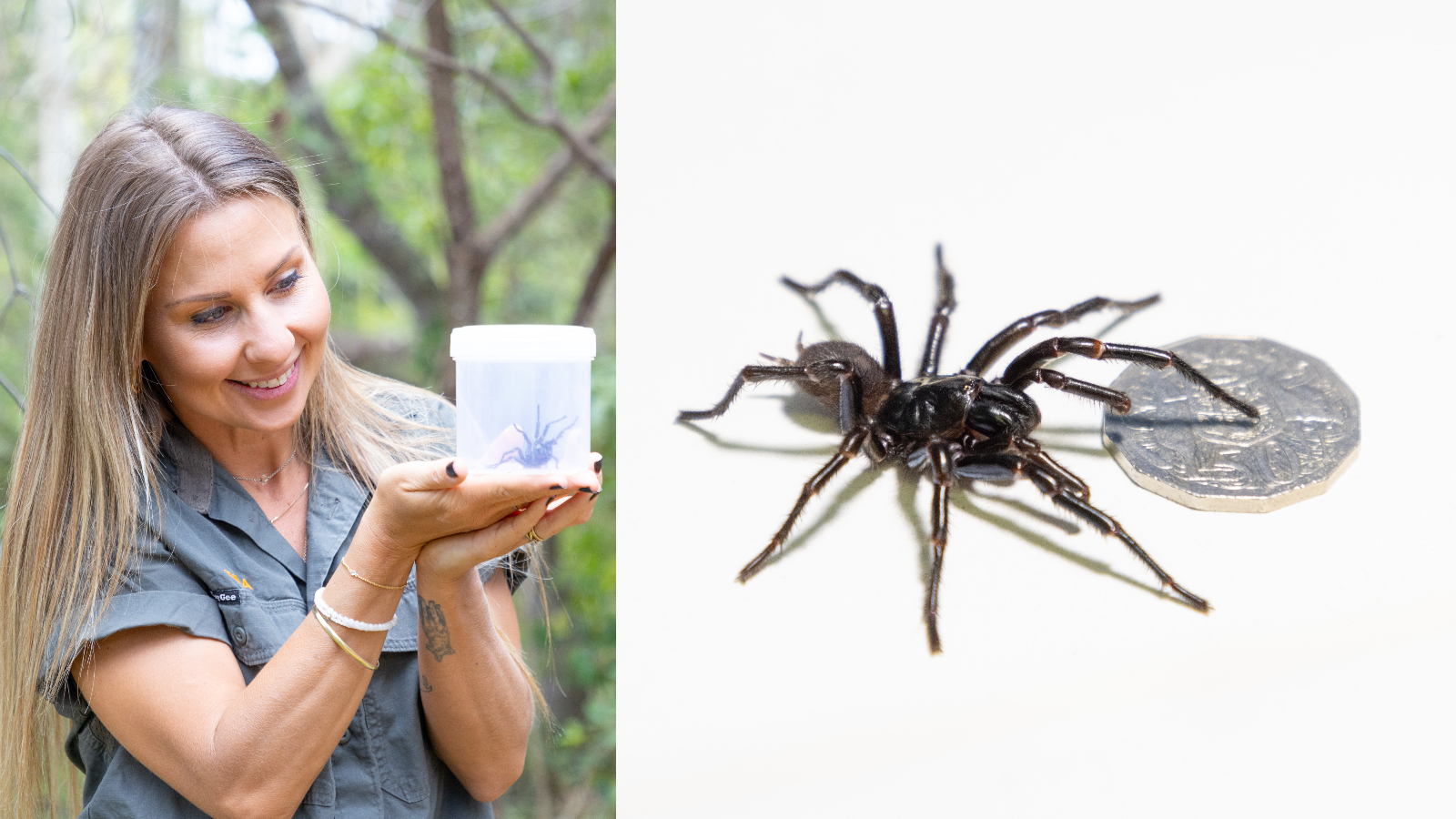
Giant funnel-web spider with fangs so big it could bite through a human fingernail arrives at Australian zoo
By Sascha Pare published
Hemsworth, a colossal funnel-web spider recently donated to the Australian Reptile Park, could make significant contributions to the park's life-saving venom-milking program, keepers say.
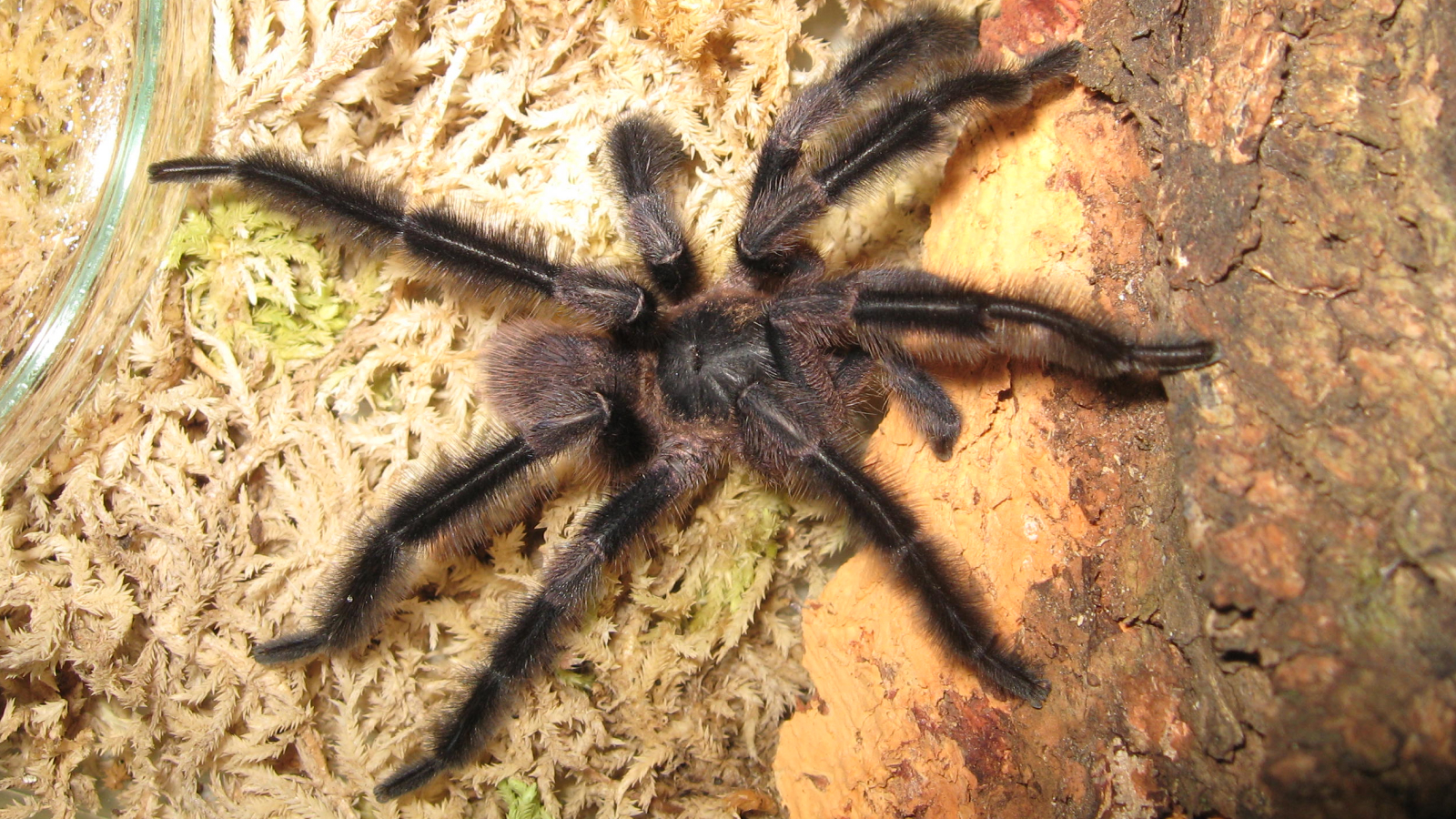
Hairy giant tarantula: The monster among mini tarantulas with 'feather duster' legs
By Lydia Smith published
The newly discovered tarantula Trichopelma grande has unusually hairy legs for a ground-dwelling species. It's also much bigger than its relatives — and scientists aren't sure why.
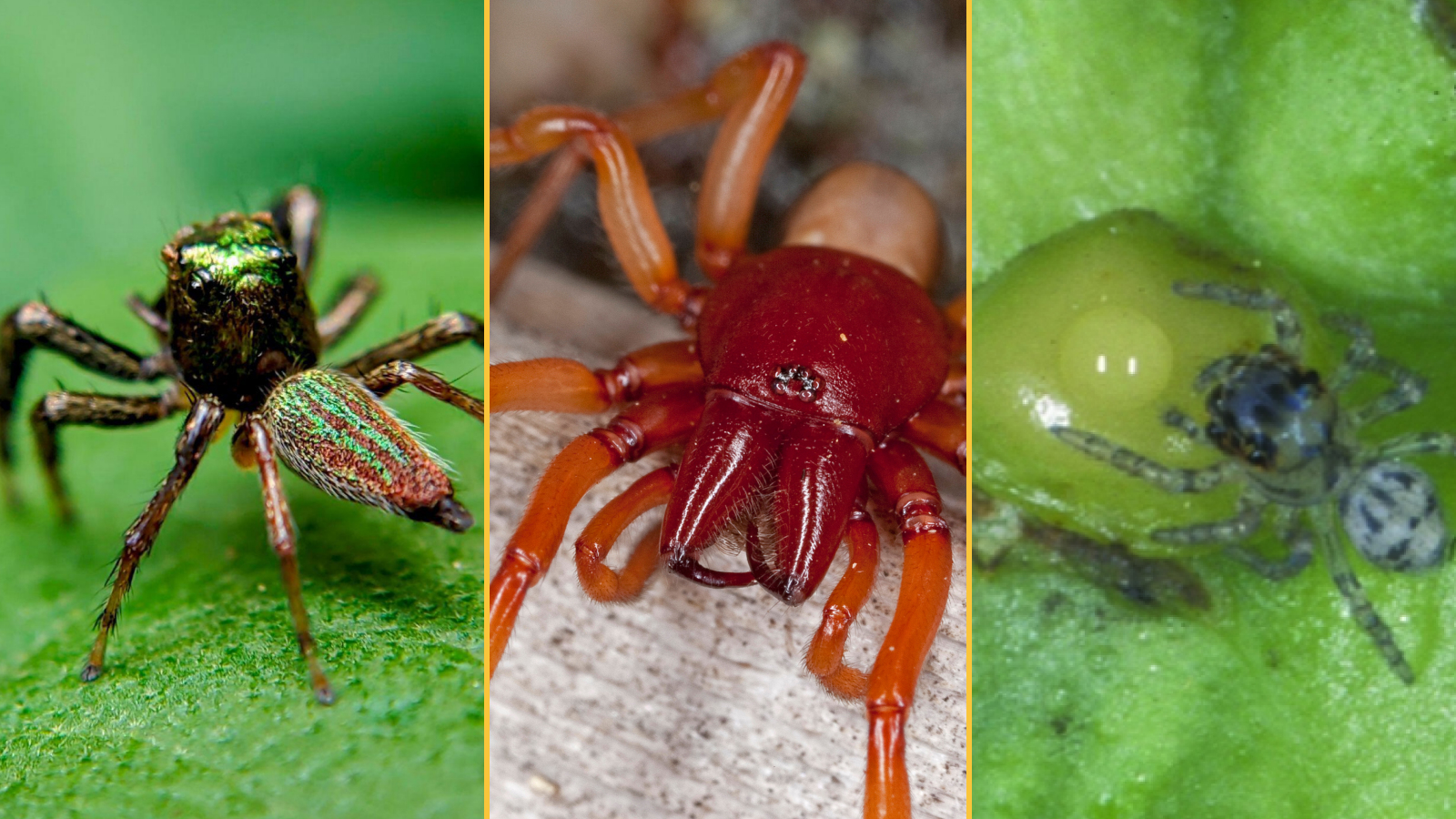
Three remarkable spiders: A vegetarian, a vampire and a predator that uses 'pincer, fork and key'
By Ximena Nelson published
In this extract from "The Lives of Spiders: A Natural History of the World's Spiders," author Ximena Nelson examines three species of spider with unusual diets — plants, blood and pillbugs.
Sign up for the Live Science daily newsletter now
Get the world’s most fascinating discoveries delivered straight to your inbox.
